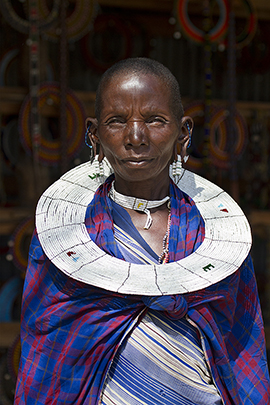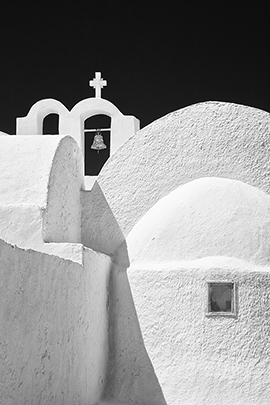News & Views
Interview with Outdoor Photography Magazine (May 2014)
We talk to Richard Garvey-Williams about his engaging new book Mastering Composition: the definitive guide for photographers…
 Anna Bonita Evans: Seeing a harmonious composition in a chaotic scene is arguably one of the hardest aspects of photography, do you think this is an innate talent or a skill you can learn?
Anna Bonita Evans: Seeing a harmonious composition in a chaotic scene is arguably one of the hardest aspects of photography, do you think this is an innate talent or a skill you can learn?
Richard: I believe it’s a bit of each – some find it easier to learn! The fact that most photographers see their photography improve in this regard with experience suggests that there is much to be learnt. Like most things in life, though, there are some who do seem to be ‘naturals’, picking up the skills more rapidly. However, if you were to ask them, I’m sure they would acknowledge that they are learning too…and hopefully would also find this book helpful.
ABE: The book’s ethos seems rooted in careful and conscious thinking when looking through the viewfinder, but do you think there are benefits to shooting spontaneously?
RGW: Certainly. I was conscious of this potential dichotomy of considered and intuitive approaches when writing the book. I remind the reader that there is no right or wrong way to do things; that an important part of photography is self-expression; and that there is a potential danger in being too considered – in handing over too much of the process to the rational left side of the brain. It’s important to experiment freely sometimes in order to express ourselves in a unique way. However, when we want to convey a defined message or add impact to our images consistently and predictably, we also have to consider the psyche of the viewer. We may then need to bring an element of consciousness into the creative process, making use of various principles at our disposal. Perhaps with experience and time, these considered processes may become automated and unconscious. Indeed it is interesting to ask ourselves what processes a spontaneous approach involves on an unconscious level – even what appears to be a spontaneous response may have some conditioning.
ABE: Your considered use of photographs illustrating each of your points makes it an engaging read. Did you write the text first and then shoot the photographs, or vice versa?
RGW: Like many photographers, I have a collection of images to draw upon. So, a fairly large part of the process was finding images to support or illustrate the text. However, some of the images did prompt ideas and generate text in their own right. There were also a few gaps and I did have to go out and try to take a few images to illustrate certain principles and ideas too. For example, I remember sitting by the hotel pool in Turkey wondering how I could come up with an image that supported Kurt Koffka’s quotation: “The whole is other than the sum of its parts”. I came up with the idea of an image of my wife’s flip-flops by the steps into the pool. The image ends up telling you that there’s a woman enjoying a swim in a warm, sunny climate. It’s tough sometimes being a photographer!
ABE: You include some photographs taken by your friend Mark Shuttleworth, how important do you think collaboration is in photography, especially in the editing stage?
RGW: Essential, particularly when you want a quality product. It would be nice for the ego to include just your own images, but sometimes you have to accept the limitations of your image resource. Although I do like to branch out and experiment with other genres, my primary indulgence is wildlife and landscape photography. The subject matter in this book has relevance to all photographers, whatever their specialisations. So, it seemed important to include imagery of broad interest, but hopefully also imagery that best conveys the concepts.
ABE: You consider in great depth how readers can improve their images pictorially, how important do you think it is to have an understanding for the subjects you are shooting?
RGW: Again, it’s essential. I am currently working on another book in this series and finding myself stressing this point. If you have an interest in and passion for your subject matter it will come through in your photographs. For those of us involved in outdoor photography, it helps if we are comfortable being outside and actually relish the experience of communing with nature. Some of the awe we experience on being witness to magnificent light glancing off a rugged landscape as we stand atop a windy summit will come through in the photograph.


Click here to read the September 2014 newsletter of the Western Counties Photographic Federation that includes an interview with Richard about the Mastering Composition book.
To read a review on this book in published in Nov 2014 by Midwest Book Review in their on-line 'California Bookwatch', click here.
The book was also reviewed and recommended in Landscape Photography Magazine issue 43.